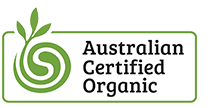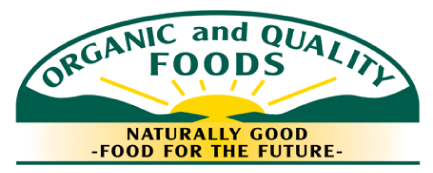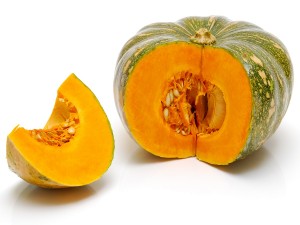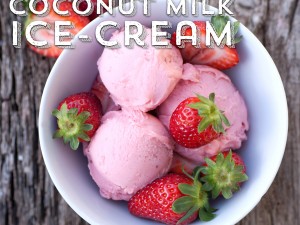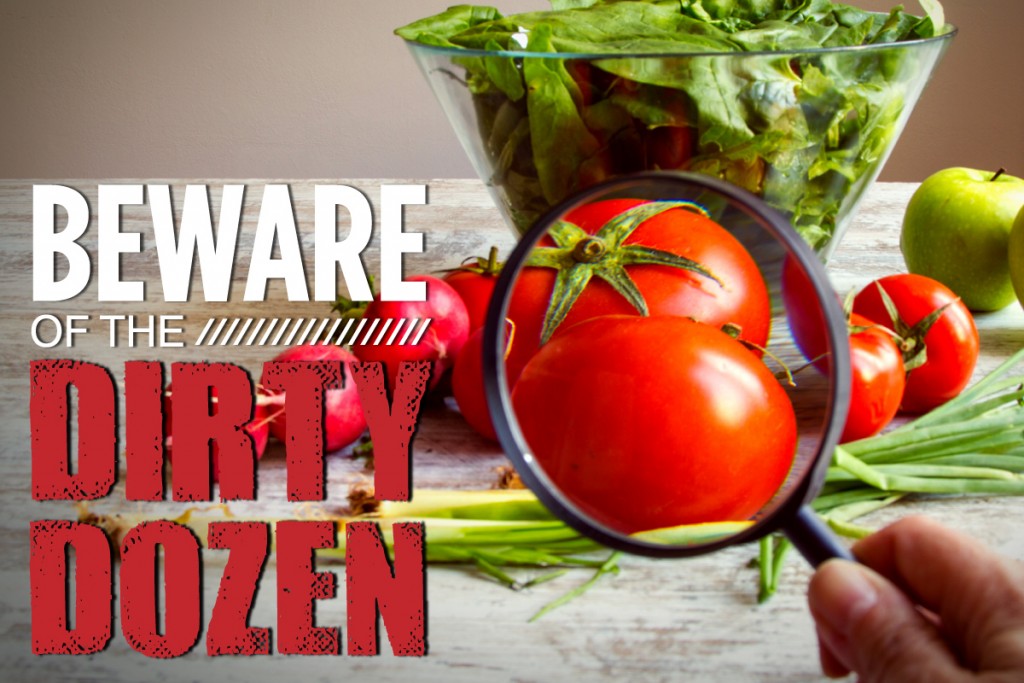
The dirty dozen, a list of the most pesticide laden fruit and vegetables draws attention to the fact that we need to be more conscientious about the produce we are purchasing.
So what are the ramifications of this list? Why do we care if there are pesticides on our food? And should you avoid the dirty dozen all together or make the switch to only organic produce?
The dirty dozen list is produced by the the Environmental Working Group (EWG) and the U.S Department of Agriculture in America and summarises the significant amount of pesticides used on produce sold to us. The research also highlights the clean fifteen- the fruit and vegetables which obtain the least amount of pesticides. All of this information is eye opening but let’s take a closer look to see how you can incorporate it into your day to day shopping.
First let’s talk about pesticides, why do we care if they are on our food? Pesticides very purpose are to be toxic substances. They have even been linked to health problems such as hormone disruption and brain toxicity. Thus, they are definitely something we want to avoid if possible.
You may also be questioning the fact that this is based on US produce and not Australian. The problem is, no study quite the same has been conducted here in Australia. However, the few studies into the same topic in Australia surprisingly show considerable overlap.
So what produce is on the dirty dozen list? The results from this year found that the fruit and vegetables which contain the most pesticides are the following:
- Apples
- Celery
- Cherry Tomatoes
- Cucumber
- Grapes
- Nectarines
- Peaches
- Potatoes
- Snap Peas
- Spinach
- Strawberries
- Capsicum
For an example of just how many pesticides these foods were encountering, one grape sample contained more than 15 pesticides. With the average potato having more pesticides per weight than any other produce.
Those are some scary facts but what can we do about it? Do we need to give up those foods? Not at all, infact, the easy answer is to switch to organic produce.
Why is organic produce different?
Organic produce is farmed using systems that don’t rely on things like pesticides, genetic modification or synthetic fertiliser. Farming this way produces food which is much more nutrient dense and helps you to ensure better health for the future.
However, going organic can be a costly experience for the everyday household. So if you don’t think you can afford to buy all your fresh produce as organic and don’t want to be purchase food with a high amount of pesticides there is a simple answer. If you purchase your produce as normal but simply make sure you by items which appear on the dirty dozen list as organic you will be able to balance out the cost as well as lessen risk of pesticide laden produce.
The EWG also supplies a list of the least pesticide laden produce, called the clean 15. The clean 15 contains the following produce:
- Asparagus
- Avocado
- Cabbage
- Rockmelon
- Cauliflower
- Eggplant
- Grapefruit
- Kiwifruit
- Mangoes
- Onions
- Papayas
- Pineapples
- Sweet Corn
- Sweet Peas
- Sweet Potatoes
Having the knowledge of this list of produce once again, helps to balance out what foods you’ll buy organic and which ones you can buy straight from the local grocery store.
The best news is purchasing organic food here in Australia is even easier with theAustralian Certified Organic logo. If produce has the green bud logo (seen below) on it, you can be sure that your food is organic.
